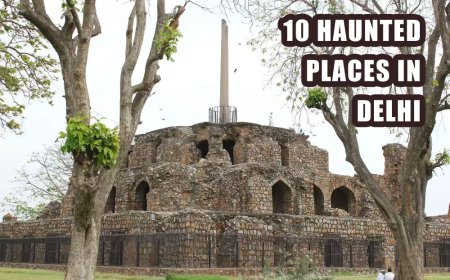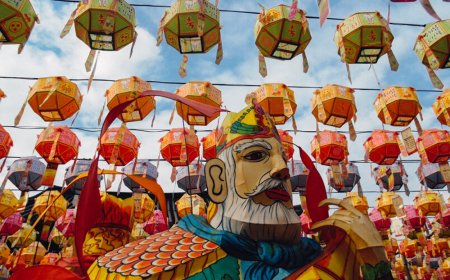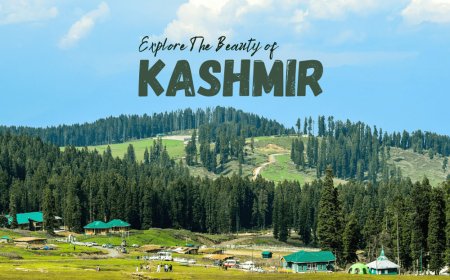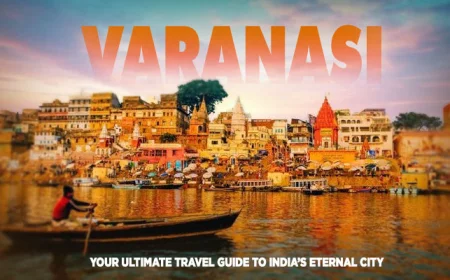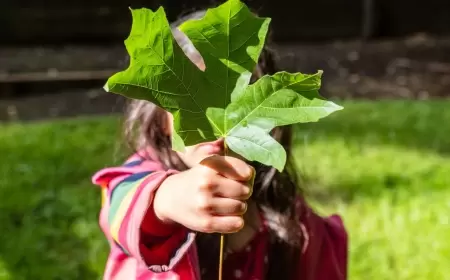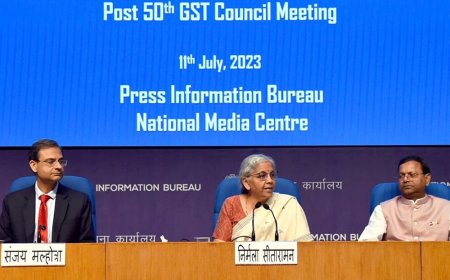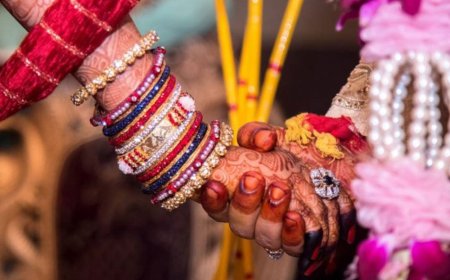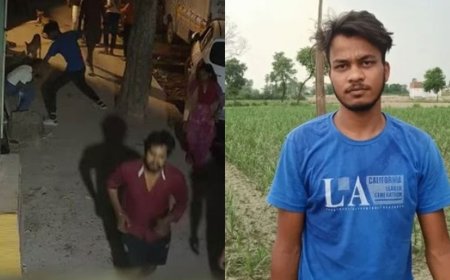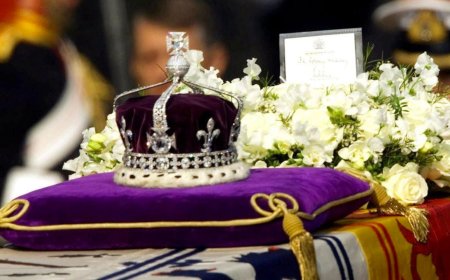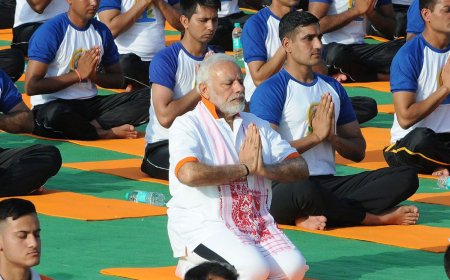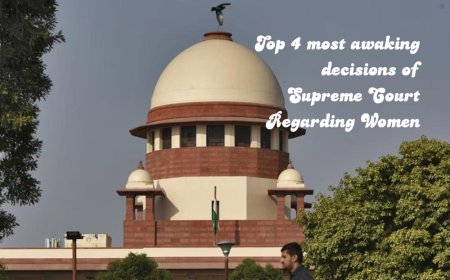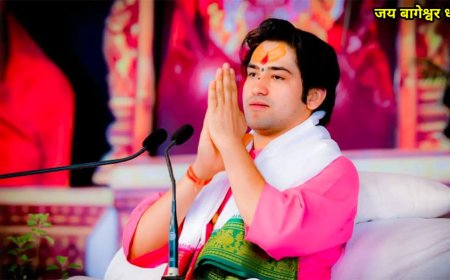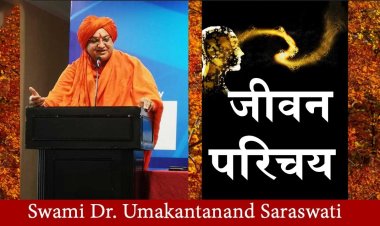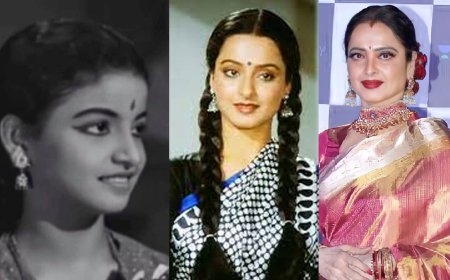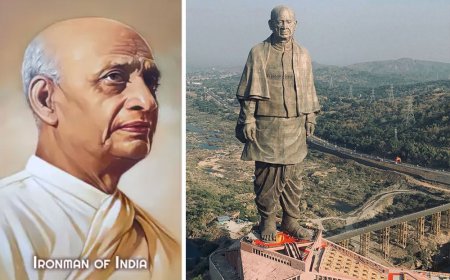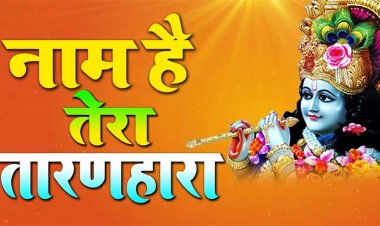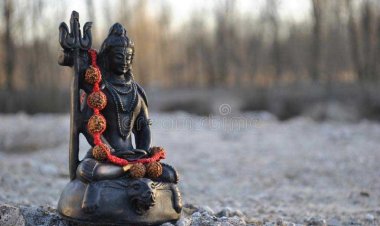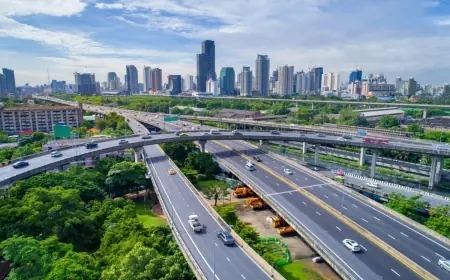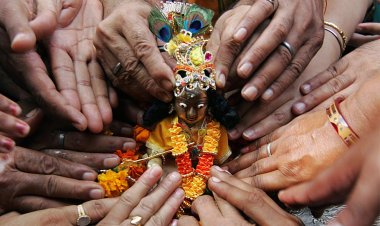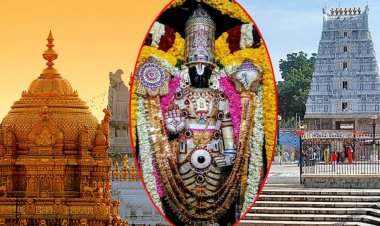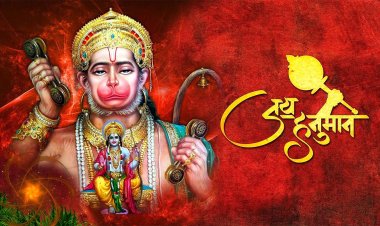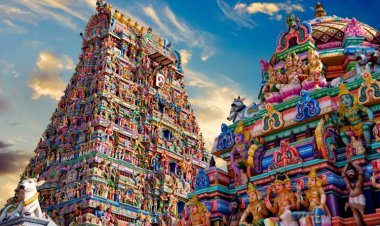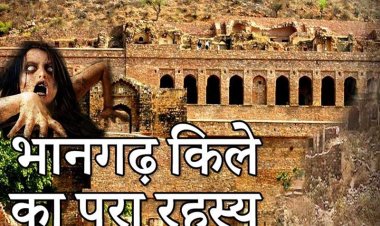Mallikarjuna Jyotirlinga: The Sacred Abode of Shiva and Parvati in Andhra Pradesh

Sri Mallikarjuna Swamy temple, located in the town of Srisailam in Andhra Pradesh, is one of the twelve revered Jyotirlingas of Lord Shiva. Nestled amidst the scenic Nallamala Hills along the banks of the Krishna River, this temple is not only a significant pilgrimage site for devotees of Lord Shiva but also holds a special place as one of the 18 Maha Shakti Peethas, where Goddess Parvati (known here as Bhramaramba) is worshipped. This unique dual reverence to both Lord Shiva and Goddess Parvati makes the temple exceptionally sacred.
Rich in mythology, architecture, and spiritual significance, Mallikarjuna Jyotirlinga draws thousands of pilgrims every year. Here, we will explore the temple's legends, cultural significance, rituals, architecture, and surrounding attractions that make it one of the most cherished destinations for devotees.
The Legend of Mallikarjuna Jyotirlinga
The story of Mallikarjuna is closely associated with Lord Shiva and Goddess Parvati’s two sons, Lord Ganesha and Lord Kartikeya. According to legend, both brothers wished to get married first. To resolve the matter, Lord Shiva and Goddess Parvati held a contest, instructing that whoever circled the world first would be married first. Kartikeya immediately embarked on his journey, while Ganesha, with his wisdom, circled his parents, saying they represented the world to him. Impressed, Shiva and Parvati arranged Ganesha’s marriage to Siddhi and Buddhi (goddesses of accomplishment and wisdom), which left Kartikeya deeply disappointed.
In frustration, Kartikeya left for the Kraunch Mountain (present-day Srisailam) and began living there alone. Lord Shiva and Goddess Parvati, in a display of parental love, followed Kartikeya to console him, and it is believed that they manifested at this site as Mallikarjuna (Shiva) and Bhramaramba (Parvati). This story gives the temple its significance, as a place where one can feel the divine presence of both Shiva and Parvati, symbolizing the unity of masculine and feminine energies.
Spiritual and Cultural Significance of Mallikarjuna Temple
Mallikarjuna is significant not only as a Jyotirlinga but also as a Shakti Peetha, making it one of the most powerful sacred sites in Hinduism. It is believed that those who visit this temple and offer their prayers are blessed with liberation from sins and the cycles of rebirth. The temple is a site of solace for those seeking divine grace, harmony, and unity within themselves, reflecting the love and compassion of Shiva and Parvati for their devotees.
Devotees often undertake the journey to Mallikarjuna Jyotirlinga with a sense of devotion and humility, believing that Lord Shiva and Goddess Parvati bless those who visit this site with emotional balance, marital happiness, and spiritual fulfillment.

The Architecture of Mallikarjuna Temple
The Mallikarjuna Temple showcases a classic Dravidian style of architecture, known for its high towers (gopurams), intricately carved pillars, and spacious courtyards. The temple complex is grand, covering a large area with several shrines dedicated to various deities, including Ganesha, Kartikeya, and Nandi.
Gopurams (Temple Towers): The temple's towers are adorned with carvings that depict scenes from Hindu mythology, symbolizing the rich cultural heritage of South Indian temple architecture. The Raja Gopuram, or main entrance tower, is particularly magnificent, showcasing the skill of the artisans who constructed it.
Garbhagriha (Sanctum Sanctorum): The Jyotirlinga, or the representation of Lord Shiva, resides in the Garbhagriha, the most sacred part of the temple. Devotees are allowed close to the sanctum, where they can directly touch and worship the Jyotirlinga. This intimacy with the deity is a unique feature of Mallikarjuna.
Bhramaramba Shrine: Adjacent to the Jyotirlinga is the shrine of Goddess Bhramaramba, considered one of the Maha Shakti Peethas. According to legend, this is where Sati’s neck fell when Lord Vishnu dismembered her body to calm Shiva’s grief. The deity here is depicted with a bee (Bhramara) around her, symbolizing her protection over her devotees.
Mandapams and Pillars: The temple complex has multiple mandapams (halls), decorated with stunningly intricate pillars depicting scenes from Hindu texts, such as the Mahabharata and Ramayana. The pillars and ceilings are adorned with carvings of gods, goddesses, and celestial beings, creating a vibrant, spiritually charged atmosphere.
Important Rituals and Festivals at Mallikarjuna Jyotirlinga
Mallikarjuna Temple is the site of daily rituals, elaborate pujas, and grand festivals. The temple is especially popular during auspicious events dedicated to Lord Shiva and Goddess Parvati.
Daily Aarti and Abhishekam: Each day begins with the morning Aarti, followed by the Abhishekam (sacred bath) of the Jyotirlinga with water, milk, honey, and other offerings. These rituals are conducted by priests with great devotion, creating a serene environment for worship.
Mahashivratri Festival: Celebrated with tremendous zeal, Mahashivratri sees the temple brimming with thousands of devotees. Special rituals, processions, and night-long prayers are held to honor Lord Shiva, marking it as one of the most auspicious times to seek blessings.
Karthika Masam: The month of Karthika (November) is significant in South India for its religious observances. During this month, devotees offer special prayers, and the temple hosts various cultural and devotional events. Lighting lamps and offering them to the deity is a key feature of this celebration.
Navaratri Festival: Navaratri, celebrated over nine days in honour of the Goddess, is especially significant at Mallikarjuna. Devotees worship Goddess Bhramaramba with great devotion, and cultural programs, dance, and music mark this vibrant festival.
Saralamma Jatara (Srisailam Fair): This local festival attracts devotees from nearby villages and regions. Traditional rituals, folk performances, and community gatherings make it a unique cultural event in Srisailam.
The Divine Experience at Mallikarjuna Jyotirlinga
The pilgrimage to Mallikarjuna Jyotirlinga is often considered a journey of self-discovery, spiritual awakening, and profound connection to the divine. Located amidst the serene Nallamala Hills, the natural surroundings and tranquil atmosphere elevate the spiritual experience for pilgrims. Devotees believe that offering prayers here can help resolve family conflicts, restore mental peace, and strengthen marital bonds.
The presence of both Lord Shiva and Goddess Parvati here allows devotees to connect with divine feminine and masculine energies. Many people report feeling a sense of calm, peace, and divine grace when meditating or performing pujas at Mallikarjuna, where the ancient temple seems to be in perfect harmony with the surrounding natural beauty.
The Sacred Surroundings of Srisailam
Apart from the temple itself, Srisailam is home to several other sacred sites and natural attractions:
Pathala Ganga: This is a sacred point along the Krishna River where pilgrims often take a ritual dip before visiting the temple. A cable car ride takes visitors down to the river, adding an element of adventure to the spiritual journey.
Akkamahadevi Caves: Located a few kilometres from the temple, these ancient caves are accessible by boat and hold historical importance as a place where the saint Akkamahadevi meditated. The caves house a natural Shiva Lingam, and they attract seekers looking for a quiet place to meditate.
Shikharam (Shiva Parvat): Shikharam, or the "Shiva Parvat," is the highest point in Srisailam. The hilltop offers a panoramic view of the entire temple complex and the lush greenery of the Nallamala forest, giving devotees a chance to feel closer to the divine.
Srisailam Dam: One of the largest dams in South India, the Srisailam Dam offers a picturesque view, with the Krishna River flowing gracefully against a backdrop of dense forests and rocky hills. It’s a popular spot for visitors to relax and take in the scenic beauty.
How to Reach Mallikarjuna Jyotirlinga
The temple is well-connected by road, rail, and air:
By Air: The nearest airport is Rajiv Gandhi International Airport in Hyderabad, approximately 215 kilometres away. From there, buses and taxis are available to Srisailam.
By Train: The nearest railway stations are at Markapur Road and Kurnool, from which one can take a bus or taxi to reach Srisailam.
By Road: Srisailam is connected by state and private bus services from cities like Hyderabad, Vijayawada, and Kurnool.
Accommodation and Amenities
Srisailam offers various options for accommodation ranging from budget lodges to guest houses operated by the temple authorities. There are also several restaurants and eateries near the temple serving vegetarian food, catering to the needs of pilgrims.
Concluding Thoughts: The Spiritual Legacy of Mallikarjuna Jyotirlinga
Mallikarjuna Jyotirlinga is more than a temple; it’s a place where faith, tradition, and mythology come alive. Devotees visiting Mallikarjuna find not only the blessings of Lord Shiva and Goddess Parvati but also a sanctuary for introspection and inner peace. It’s a journey that blends adventure with spirituality, where one can immerse in the serene beauty of nature, the rich cultural heritage of South India, and the profound divine energy that emanates from the Jyotirlinga.
In the heart of the Nallamala Hills, Mallikarjuna Jyotirlinga offers a unique pilgrimage experience that leaves a lasting impression on the soul, inspiring devotees to return, again and again, to feel the divine presence and to reconnect with the eternal energy of Lord Shiva and Goddess Parvati.
What's Your Reaction?
 Like
0
Like
0
 Dislike
0
Dislike
0
 Love
0
Love
0
 Funny
0
Funny
0
 Angry
0
Angry
0
 Sad
0
Sad
0
 Wow
0
Wow
0















